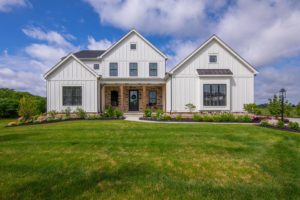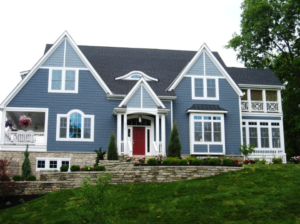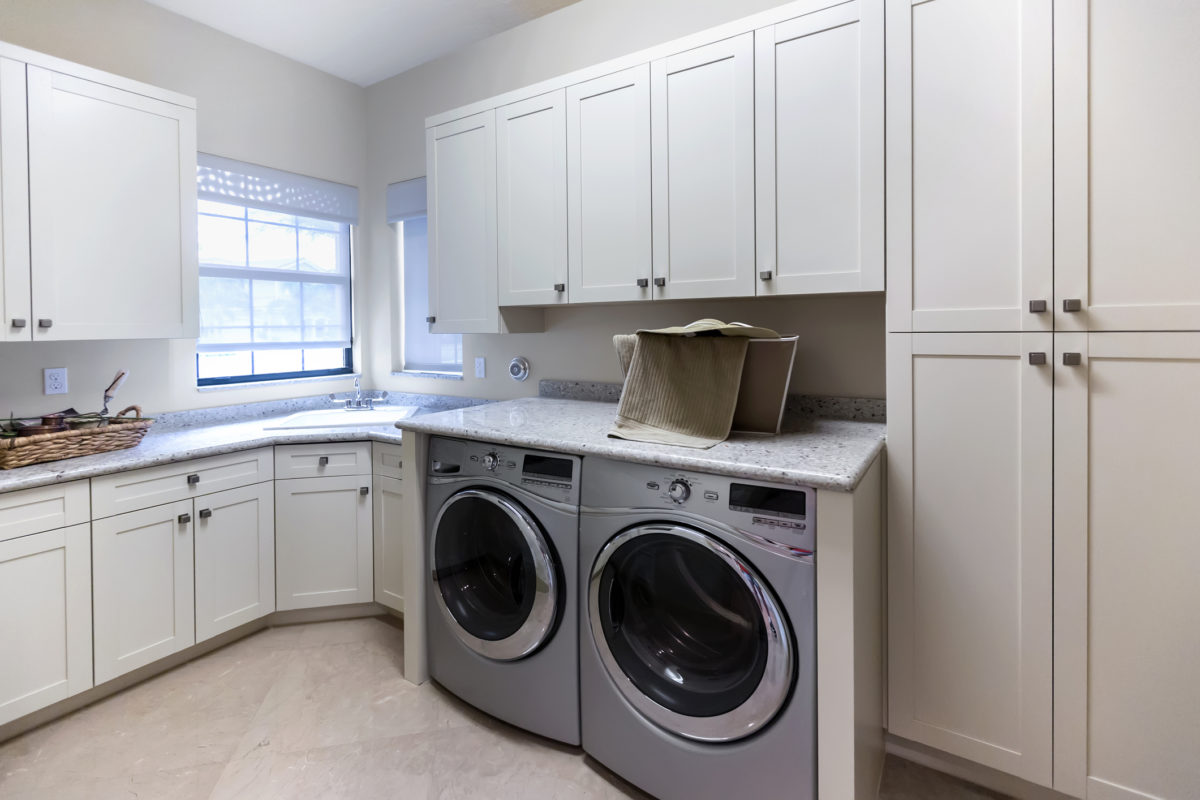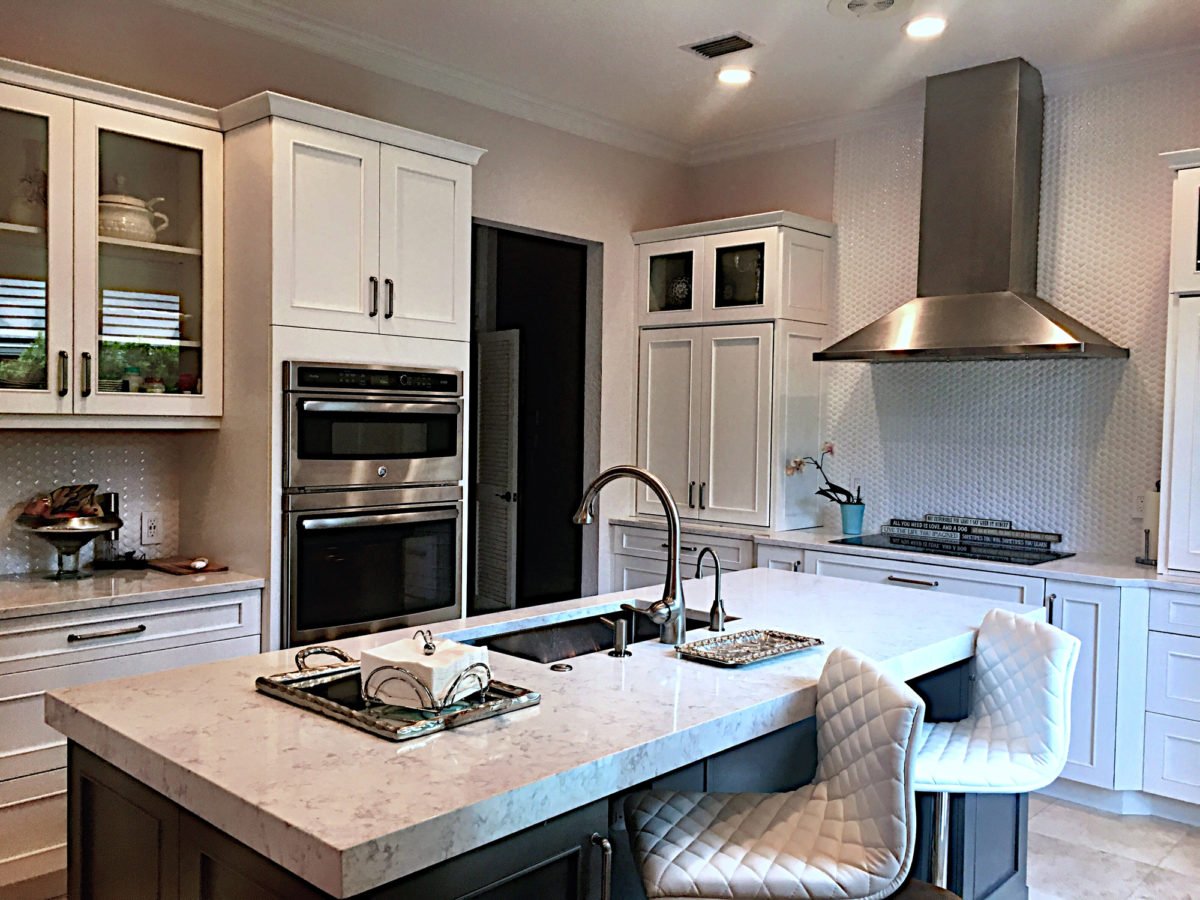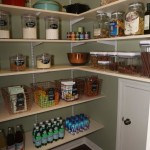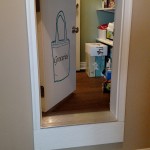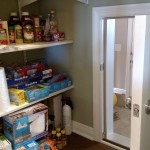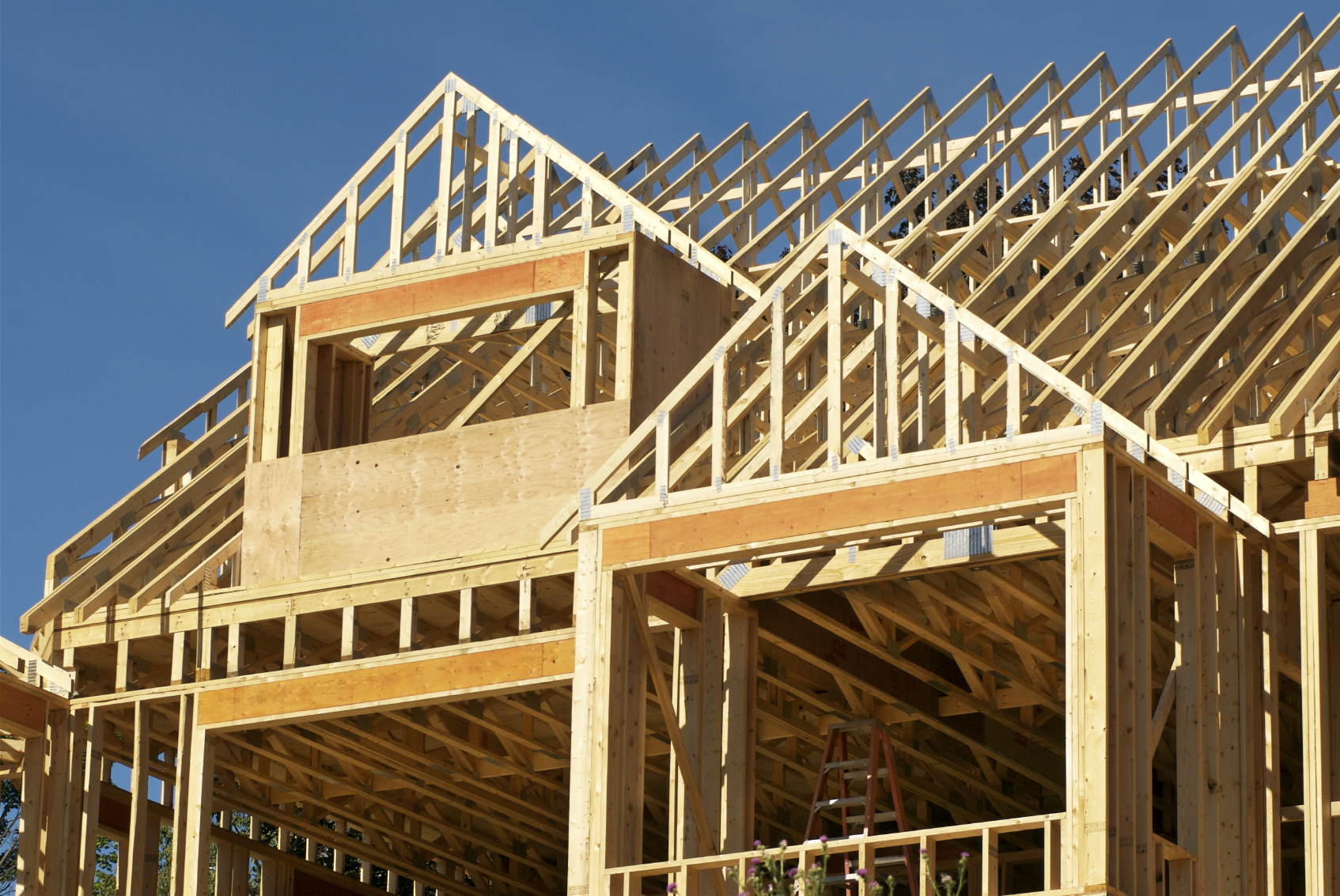
Breaking ground on a new home is a very exciting time! You get to watch as your dream home comes to life piece by piece. Also, having a good understanding of the process will help answer questions that arise and give you peace of mind throughout the build. We are going to give you a little insight into what you should expect when you go to build your custom home. Keep in mind this is a general rule of thumb as it can vary throughout different states and different builders.
First Step- Prepare the Site and Pour Foundation
First, the home builder will clear any debris and trees from the site using earth-moving machines. The crew will then level the site, put up wooden forms to serve as a template for where the foundation will lay. Holes and trenches will then be dug. Footings (these are the structures where the house interfaces with the ground that supports it) are installed. If your home comes with a basement (as most typically do) this is the point where the basement is dug out. Next the foundation walls are formed and poured. Once concrete is poured into the holes and trenches, it needs time to settle. During this time activity at the construction site is put on hold. After the concrete is ready, the crew applies a waterproof membrane to the foundation walls, installs the drains, sewer and water taps and any plumbing that needs to go into the basement. At this point an inspector will inspect the site to make sure that the foundation components are all up to code and installed properly.
Second Step- Framing
The next step is usually a very exciting time for the home owner because this is where you start to see the house erect. The floor systems, walls and roof systems are completed during this process known as framing (as known as the shell or skeleton of the house). The plywood or oriented strand board sheathing is applied to the exterior walls and roof. The windows and exterior doors are installed next. The house is then wrapped with a protective barrier that prevents liquid from penetrating the structure of the home while still allowing water vapor to escape. This helps to prevent the likelihood of mold or rotting wood.
Step Three- Plumbing and Electrical
Once framing is complete, next comes the siding and roofing. At the same time the electric and plumbing will start running pipes and wires throughout the home. Sewer lines,vents and water supply lines are installed as well. Bathtubs, and any other large objects get installed at this point because they are harder to maneuver as the building goes on. The duct work is installed for the heating, ventilation and air-conditioning (HVAC) system. After the roof goes on the house, the house is considered dried in. This is where electrical receptacles for outlets, lights and switches come in. Another inspection will usually take place at this point for compliance with building codes.
Step Four- Insulation
The next step, insulation, plays a key role in keeping your future home comfortable and consistent with the outdoor climate. It also helps with energy efficiency (which P&D Builders prides themselves on!) All exterior walls, as well as the attic space and any floors located above unfinished basements or crawl spaces will be insulated. The most common types of insulation that are used in new homes are fiberglass, cellulose, and foam. These are also dependent on the region, climate and the builders preferences.
Step Five- Drywall
Drywall is the next step in the home-building process. The drywall is hung and taped so the seams between the boards aren’t visible. The primer coat of paint is also applied at this point after taping is complete. At this point in the building process you will begin to notice the finishing touches going on the outside of the home (Brick, stucco, stone or siding).
Step Six- Interior Trim
At this point in your custom home build, the interior doors, baseboards, door casings, window sills, moldings and other decorative trim is installed. Your cabinets that you picked out, those will go in at this point too! Your walls will get all the finishing touches at this time as well. If you have a walkway, patio, or a driveway this is the point in which those will begin. Many builders usually save this part for the end because the heavy equipment can damage the concrete. Some builders do the contrary and pour the driveway when the foundation pours so the homeowners that visit the site will have an area to walk on.
Step Seven- Countertops & Hard Flooring
If you are having ceramic tiles, or wood flooring installed this is when that will happen. The hard-surface flooring usually goes in at the same time as the counter tops. At this point you are really able to see the house in a near-complete phase! Any exterior grading is also done at this point to ensure proper drainage away from the home and prepare the yard for landscaping.
Step Eight- Light Fixtures
Light fixtures, outlets and switches go in at this point and the electrical panel is completed. The sinks, toilets and faucets are also being installed.
Step Nine- Finishing Interior Touches
The last step in the interior of the home is to install mirrors, shower doors, and carpeting. This is when the cleanup takes place. Any exterior landscaping such as trees, shrubs, and grass are planted and completed. A final inspection from a building-code official is completed at this point.
Step Ten- The Walk-Through
This is usually the most exciting moment for the home owners because this is the chance that they can see the completed project. Your home builder will walk you through your home and answer any questions you have, help to acquaint you with all of the features and operations of the systems and components. This is where you, the home-owner, can bring up and issues or questions that you have or any problem areas that need to be adjusted. This is the point where you need to be attentive and observant. Examine counter tops, walls, cabinetry and flooring to ensure 100% satisfaction.
P&D Builders spends a great deal of time with all of our home owners to ensure 100% satisfaction with their new home. We offer what is called the White Glove Guarantee. We guarantee that your home will be completed on-time and to your 100% satisfaction. You will have a member of our detailing team assist your throughout the final two weeks of your home’s completion with any requests, issues, or questions you may have. We know how exciting this time is for you and your family and we want to make sure it is absolutely perfect! If you have any questions about the custom home building process or want to know more about building with P&D Builders please contact us here!
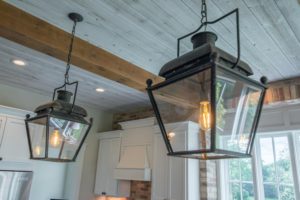 Add Square Footage
Add Square Footage

